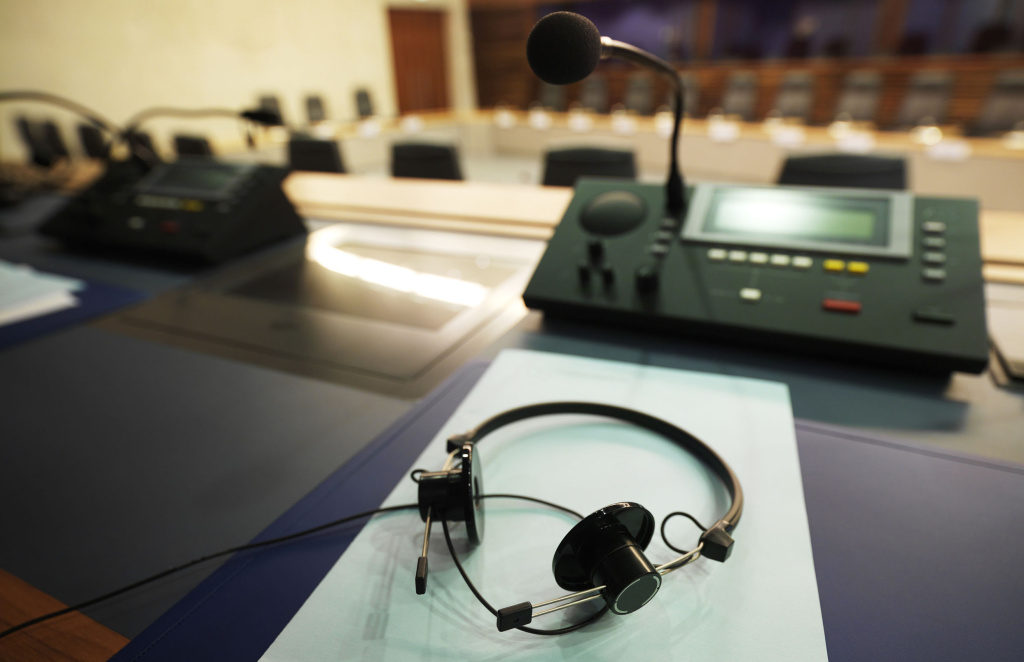Synchronous and whisper interpreting
In this article, we will discuss two variations of oral synchronous interpreting: whisper interpreting and classical synchronous interpreting. What distinguishes one from the other?
Whisper interpreting is designed for a smaller audience (1 or 2 people), since the interpreter can “whisper” the translation into one person's ear at the same time that the other person is talking. As a rule, interpreting is done only into one language at a time in this case, not two, as in ordinary synchronous interpretation.
In which cases is whisper interpreting necessary? It's necessary, for instance, when there is a guest among a large audience that doesn't understand the language that a performance is in. This interpreting technique may come in handy at a court hearing if one or more participants in the process aren't fluent in the language.
Classical synchronous interpreting is always used for a larger audience and is done “on the fly” with a maximum of a 2- or 3-second delay. This type of interpreting requires several specialists that could substitute in for each other every 30 minutes. Furthermore, the reaction time of the interpreter places in important role in this case. They have to also be able to handle stress, perceive fast speech well, and have a great short-term memory.
Synchronous interpreting used to always be performed in specially equipped booths at major events. However, in 2020, when all the events switched to remote mode, synchronous interpreting started taking place in a new format as well, with the help of the specially developed Verspeak platform. Now synchronous interpretation has two formats: in-person and remote. The remote format is more convenient for the customer, since it doesn’t presume taking on the expenses for expensive equipment, booth rental, or having to fly out the interpreter, so it’s becoming ever more preferred.



